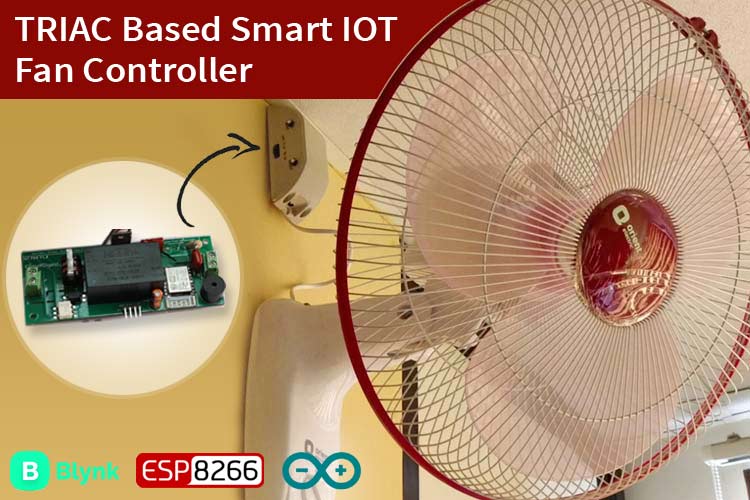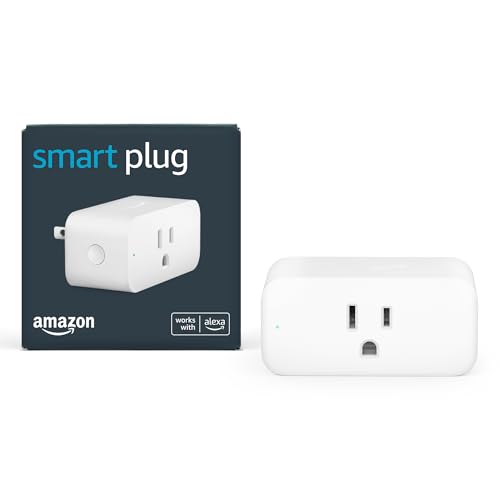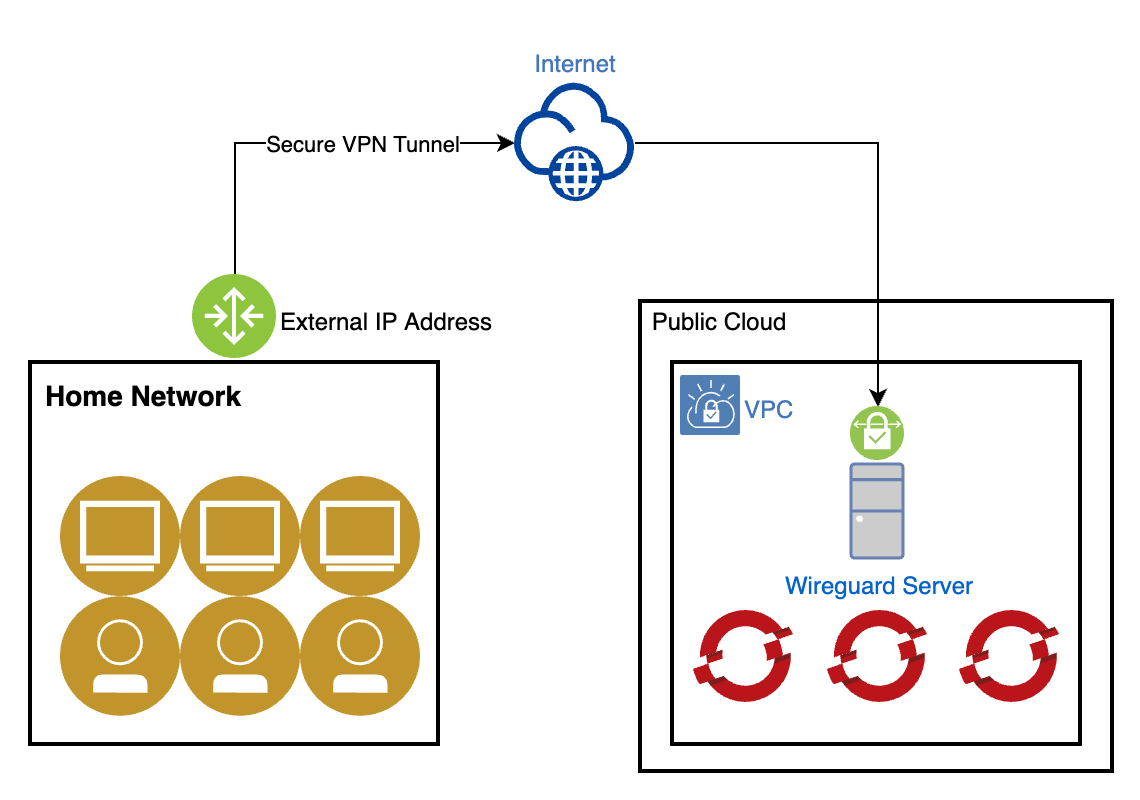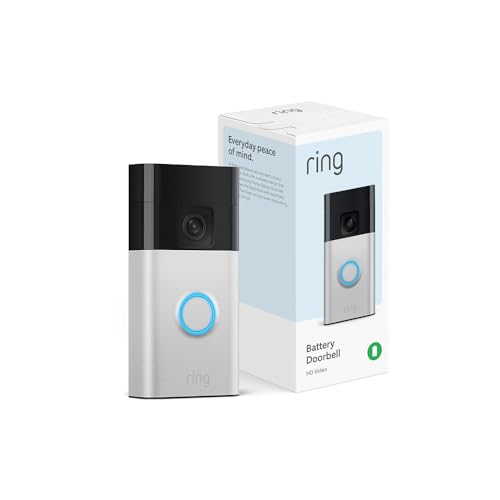Imagine walking into a room where the air feels just right—cool when you need it and gentle enough to keep you comfortable without a sound. Setting up a smart fan automation system can make this your reality.
You don’t have to worry about adjusting switches or guessing the perfect speed anymore. With the right setup, your fan can sense the temperature, your presence, and even the time of day to create the ideal breeze automatically. You’ll discover how to transform your ordinary fan into a smart helper that works for you, saves energy, and keeps your space comfortable effortlessly.
Ready to upgrade your comfort? Let’s dive in.

Credit: www.atss.in
Benefits Of Smart Fan Automation
Smart fan automation helps control your fans automatically. It makes your home more comfortable and saves energy.
With smart controls, you can adjust fans easily and keep your space just right.
Energy Efficiency
Smart fan automation reduces energy waste by running fans only when needed. It adjusts fan speed based on room temperature.
This lowers electricity bills and helps the environment by using less power.
- Fans run only when rooms are occupied
- Speeds change with temperature or humidity
- Automatic shut-off saves power
Enhanced Comfort
Smart fans keep your room temperature balanced. They adjust speed to match your comfort needs.
You stay cool in summer and get air circulation in winter without manual changes.
- Automatic speed adjustments
- Maintains steady room temperature
- Improves air flow for better comfort
Remote Control Convenience
You can control smart fans from your phone or tablet. This works even when you are not at home.
Remote control lets you turn fans on or off and change settings easily.
- Control fans from anywhere
- Set schedules for fan operation
- Quick adjustments through apps
Integration With Smart Home Systems
Smart fans work well with other smart devices in your home. They connect to systems like voice assistants and sensors.
This integration allows fans to react to different triggers automatically for better home management.
- Works with voice commands
- Syncs with thermostats and lights
- Responds to motion and temperature sensors

Credit: www.ledmyplace.com
Choosing The Right Smart Fan
Smart fans make it easy to control airflow in your home. They connect to your devices and respond to your commands.
Picking the right smart fan means thinking about types, features, and how they fit your needs.
Types Of Smart Fans
Smart fans come in many styles. Choose one that fits your space and use.
- Ceiling Fans: Mounted on the ceiling, good for whole room airflow.
- Standing Fans: Portable and adjustable for different rooms.
- Desk Fans: Small and compact for personal use.
- Wall-Mounted Fans: Save floor space and provide direct airflow.
Compatibility With Automation Platforms
Check if the fan works with your home automation system. This makes control easier.
Many smart fans connect with popular platforms like Alexa, Google Home, and Apple HomeKit.
- Alexa: Use voice commands with Amazon Echo devices.
- Google Home: Control with Google Assistant voice commands.
- Apple HomeKit: Use Siri and Apple devices for control.
- Smartphone Apps: Most fans have their own app for settings.
Features To Look For
Look for features that match your lifestyle. These add comfort and convenience.
- Remote Control: Change settings from anywhere in your home.
- Voice Control: Use voice commands to start or stop the fan.
- Speed Settings: Multiple speed options for different needs.
- Timer Function: Set the fan to turn off automatically.
- Energy Efficiency: Save power with smart energy use.
- Quiet Operation: Fans that run quietly for better comfort.
Budget Considerations
Smart fans come in many price ranges. Choose one that fits your budget.
Cheaper models offer basic features. Higher-end fans have more options and better build.
- Basic Models: Affordable with simple smart controls.
- Mid-Range: Good features and decent build quality.
- Premium: Advanced features and durable materials.
Essential Components For Setup
Setting up smart fan automation needs some key parts. Each part works together to make your fan smart and easy to control.
Knowing these parts helps you build a system that fits your needs and works smoothly.
Smart Fan Device
The smart fan device is the main part that moves air. It connects to your home network for remote control.
Many smart fans come with built-in Wi-Fi or Bluetooth for easy setup.
- Supports remote on/off and speed control
- Works with timers and schedules
- Energy efficient models save power
Smart Hub Or Controller
A smart hub links your fan to other smart devices. It helps control the fan using one app or system.
Some hubs support voice commands and can run automation rules.
- Connects multiple smart devices
- Enables automation based on conditions
- Works with Wi-Fi, Zigbee, or Z-Wave
Sensors For Temperature And Motion
Sensors detect room temperature and movement. They tell the fan when to turn on or adjust speed.
Temperature sensors keep the room comfortable. Motion sensors save energy by turning off the fan when no one is present.
- Temperature sensors measure heat levels
- Motion sensors detect presence in the room
- Both improve fan automation accuracy
Mobile Apps And Voice Assistants
Mobile apps let you control the fan from anywhere. You can change settings or set schedules easily.
Voice assistants like Alexa or Google let you use voice commands to control the fan.
- Control fan speed and power remotely
- Set timers and automation routines
- Use voice commands for hands-free control
Step-by-step Setup Process
Setting up your smart fan is easy and quick. This guide helps you complete the setup in four clear steps.
Follow each step carefully to get the best performance from your smart fan automation.
Installing The Smart Fan
First, turn off the power to the fan at the breaker. Remove the old fan if needed. Attach the smart fan according to the manual.
Make sure all wires connect properly. Secure the fan to the ceiling or wall mount. Turn the power back on to test the fan.
Connecting To Wi-fi And Hub
Open the smart fan app on your phone. Follow the app’s instructions to connect the fan to your Wi-Fi network. Ensure your Wi-Fi signal is strong near the fan.
Link the fan to your smart home hub if you have one. This step allows you to control the fan with voice commands or other devices.
- Open app and select “Add Device”
- Choose your smart fan model
- Enter Wi-Fi details
- Confirm connection
- Link to smart hub if available
Configuring Automation Rules
Use the app to create rules for your fan. Set times or triggers for the fan to turn on or off automatically.
You can choose options like temperature, humidity, or motion to control when the fan runs. Adjust settings to fit your daily routine.
- Set fan to run at specific times
- Use temperature to start or stop fan
- Enable motion detection for automatic control
- Save and activate automation rules
Testing And Adjusting Settings
Test your fan by running the automation rules you set. Watch how the fan responds to triggers and schedules.
If the fan does not work as expected, adjust the settings in the app. Check the Wi-Fi signal and power if problems continue.
Automation Scenarios For Cooling
Smart fan automation can help keep rooms cool without wasting energy. It uses sensors and schedules to control fan speed and timing.
Setting up different automation scenarios lets you customize cooling for your needs. Here are common ways to automate fan control.
Temperature-based Fan Control
This setup turns the fan on or changes speed based on room temperature. It keeps the room cool only when needed.
Sensors measure the temperature and send data to the fan controller. The fan then adjusts automatically to keep a comfortable climate.
- Fan turns on when temperature rises above a set level
- Fan speed increases as temperature goes higher
- Fan switches off when the room cools down
Scheduling Fan Operation
Scheduling lets you set specific times for the fan to run. This saves energy by cooling only during active hours.
You can create daily or weekly schedules. Fans can start before you arrive and stop when you leave.
- Run fan during hot afternoon hours
- Turn off fan at night or when no one is home
- Adjust schedule for weekends or holidays
Motion-activated Cooling
Motion sensors detect when someone enters the room. The fan turns on automatically to cool occupied spaces.
The fan turns off after no motion is detected for a set time. This prevents running fans in empty rooms.
- Fan starts when movement is sensed
- Stops after room is empty for a few minutes
- Helps save energy by cooling only used areas
Integration With Other Smart Devices
Smart fans can work with other devices like thermostats and lights. This creates a full smart home cooling system.
For example, the fan can turn on when the air conditioner is running or when smart blinds detect sunlight.
- Sync fan with smart thermostat settings
- Activate fan when smart blinds are closed
- Use voice assistants to control fan speed

Credit: www.mobiiot.in
Troubleshooting Common Issues
Smart fan automation helps control your fan easily. Sometimes, problems can stop it from working well.
This guide covers common issues and ways to fix them. Follow these tips to get your fan working again.
Connectivity Problems
Your smart fan needs a good connection to work. Wi-Fi or Bluetooth issues can stop it from responding.
Check your internet or device connection first. Restart your router or fan if needed. Make sure the fan is in range.
- Check if Wi-Fi is on and stable
- Move fan closer to the router
- Restart your router and fan device
- Update your fan’s firmware if available
Fan Not Responding
If the fan does not start or stop as expected, it may have power or control issues. Check the power supply first.
Try turning the fan off and on manually. Reset the fan to factory settings if the problem continues.
- Make sure fan is plugged in properly
- Test the power outlet with another device
- Manually turn the fan on/off
- Reset fan to factory settings
App Configuration Errors
Incorrect app settings can stop the fan from working right. Double-check your fan controls and automation rules in the app.
Clear the app cache or reinstall the app if needed. Make sure the app and fan firmware are updated to the latest version.
- Check fan settings in the app
- Review automation rules and schedules
- Clear app cache or reinstall app
- Update app and fan firmware
Sensor Malfunctions
Sensors help the fan work automatically. If sensors fail, the fan may not respond correctly to temperature or motion.
Clean the sensors gently. Test the sensors by changing the room conditions. Replace sensors if they are broken.
- Clean sensors to remove dust
- Test sensors by changing temperature or motion
- Check sensor connections inside the fan
- Replace faulty sensors if needed
Tips For Maximizing Efficiency
Smart fan automation helps you save energy and stay cool. Using your fan correctly makes it work better.
Follow these tips to get the most from your smart fan system.
Regular Maintenance
Keep your fan clean to help it run smoothly. Dust and dirt can slow down the blades.
Check the fan parts often. Tighten any loose screws and oil moving parts if needed.
- Clean fan blades monthly
- Check screws and fasteners
- Lubricate motor parts as suggested
- Replace damaged parts quickly
Optimizing Fan Speed Settings
Use the right fan speed for each room size and temperature. High speed cools faster but uses more energy.
Lower speeds are good for steady air flow and save power. Adjust speeds based on how warm the room feels.
- High speed for quick cooling
- Low speed for gentle air flow
- Medium speed for balanced use
- Use timers to adjust speed automatically
Combining Fans With Air Conditioning
Fans and air conditioners work well together. Fans help spread cool air from the AC faster.
Use fans to reduce AC load. This helps lower electricity bills and keeps rooms comfortable.
- Turn on fans when AC is running
- Use ceiling fans to push cool air down
- Set fan direction to match airflow
- Turn off fans in empty rooms
Energy-saving Practices
Save energy by using fans only when needed. Turn them off in rooms you do not use.
Use smart controls to schedule fan operation. This avoids running fans all day or night.
- Use motion sensors to detect room use
- Set timers to limit fan run time
- Choose energy-efficient fan models
- Close windows and doors to keep air inside
Frequently Asked Questions
What Is Smart Fan Automation Setup?
Smart fan automation setup uses sensors and smart devices to control fan speed and operation automatically. It improves comfort and saves energy by adjusting based on room temperature or occupancy.
How Does Smart Fan Automation Save Energy?
It saves energy by running the fan only when needed. Sensors detect temperature or presence and adjust fan speed accordingly, preventing unnecessary use and reducing electricity bills.
Can I Control Smart Fans Remotely?
Yes, smart fans can be controlled remotely via mobile apps. This allows users to switch on/off or adjust speed from anywhere, enhancing convenience and user control.
What Devices Are Needed For Smart Fan Automation?
You need a smart fan or a regular fan with a smart controller. Additional devices like temperature sensors, motion detectors, and a smart hub may be required for automation.
Conclusion
Smart fan automation is convenient and efficient. It saves energy and enhances comfort. Setting up is simple with clear instructions. You gain control over your environment. Adjust settings with ease. Smart fans adapt to your needs. Enjoy a cooler space without extra effort.
Just a few steps and you’re set. This technology fits seamlessly into daily life. Experience the benefits without complexity. Transform your home with smart fan automation. It’s a smart choice for modern living.
22 min read






